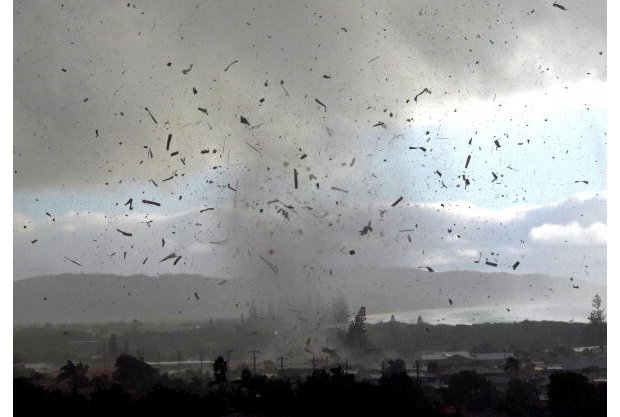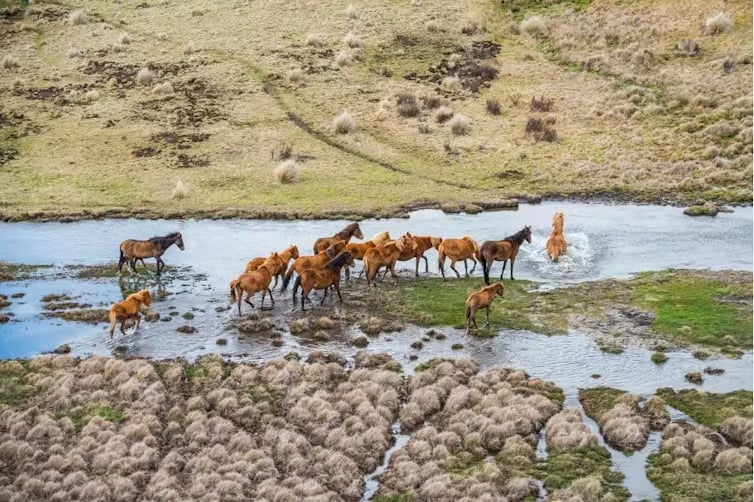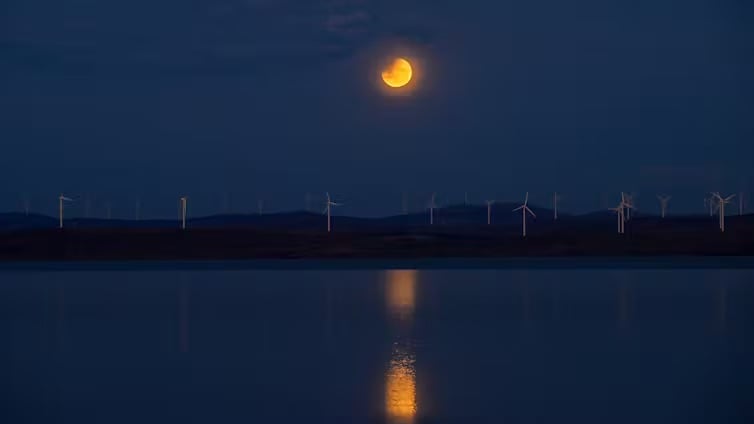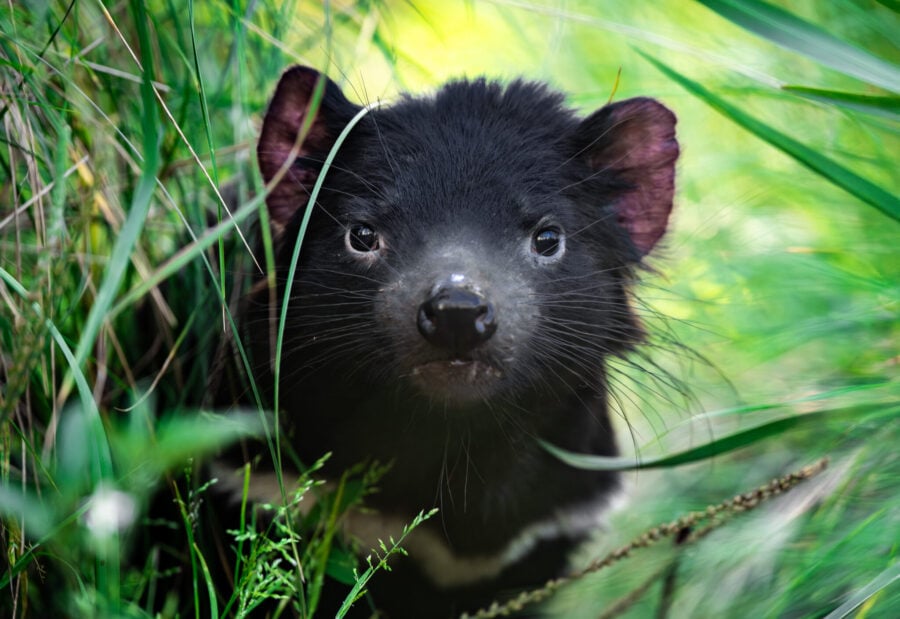Tornadoes a real threat in Australia

THERE IS A LONG-STANDING myth that Australia doesn’t get tornadoes. This simply isn’t true.
Just ask residents of Burnett Heads and Bargara, in Queensland’s south-east, or the Melburnians who were affected by tornadoes on Christmas Day of 2011.
While we may not experience tornadoes with the same frequency or ferocity as in the United States – the most tornado-prone country in the world – they have been documented in Australia as far back as 1834. The first photograph of an Australian tornado was taken back in 1911.
What causes a tornado
The strongest and most violent tornadoes spawn from large thunderstorms that are characterised by rotating updrafts, called supercells. These supercell thunderstorms form most frequently in the mid-latitude regions of the world (about 30-60 degrees north and south) during spring and summer, when the right “atmospheric ingredients” come together.
Three key atmospheric ingredients are an unstable atmosphere, strong vertical wind shear (a change in wind speed and/or direction with height), and low-level moisture.
The tornadoes that struck Queensland’s south-east coast over the Australia Day long weekend were associated with Ex-Tropical Cyclone Oswald. These types of tornadoes have been well-documented in the United States. However, they are probably under-reported in Australia due to our relatively low population density in the regions where tropical cyclones make landfall – particularly over Western Australia.
They require the same three basic atmospheric ingredients, although the relative amounts differ somewhat from tornadoes that form in the mid-latitudes, including in the famous “tornado alley”. In what may be the first well-documented case in Australia, in February 2011 a tornado associated with Tropical Cyclone Carlos moved through the town of Karratha, WA, leaving behind an extensive damage path.
Definition: tornado, mini-cyclone or mini-tornado?
There is no doubt some confusion in the public’s mind as to what a tornado is exactly, and I think this is largely due to the Australian media’s mixed terminology. Do a quick Google search on the most recent event in Queensland and you will find a number of different words to describe the same phenomenon, including “mini-cyclone” and the most-often used term “mini-tornado”.
According to the American Meteorological Society, a tornado is “a violently rotating column of air, in contact with the surface, pendant from a cumuliform cloud, and often (but not always) visible as a funnel cloud.”
The definition makes no distinction on size; in fact, tornadoes with relatively small diameters have been observed to cause more damage than much larger tornadoes. The Australian media should adopt the word tornado and discontinue other commonly used terms that could be potentially misleading.
See a timeline of Australia’s worst cyclones
Tornadoes and climate change
What about climate change and tornadoes? Unfortunately, our record of tornado reports is not complete enough to conclude anything about past trends, and current global climate models are unable to resolve small-scale features such as thunderstorms and tornadoes.
Population growth should also be taken into account because, all else being equal, it will inflate the number of reported tornado events. According to the latest special report by the Intergovernmental Panel on Climate Change:
“Thunderstorms, tornadoes, and related phenomena are not well observed in many parts of the world. Tornado occurrence since 1950 in the United States, for instance, displays an increasing trend that mainly reflects increased population density and increased numbers of people in remote areas . Such trends increase the likelihood that a tornado would be observed…
“The best we can do at this point is to make predictions on how the atmospheric ingredients (such as wind shear) associated with tornadoes may change. However, trends in these ingredients have been shown to have opposite signs in the future, leading to uncertainty in tornado trends.”
While we may not know how small-scale extreme weather phenomena will change in a future climate, if we continue to improve our short-term prediction of such extremes this will no doubt help us to adapt to their longer-term trends.
Hamish Ramsay is a lecturer at the school of mathematical sciences at Monash University in Melbourne. Hamish receives funding from the ARC Centre of Excellence for Climate System Science.
This is an edited version of an article first published on The Conversation.
RELATED STORIES




